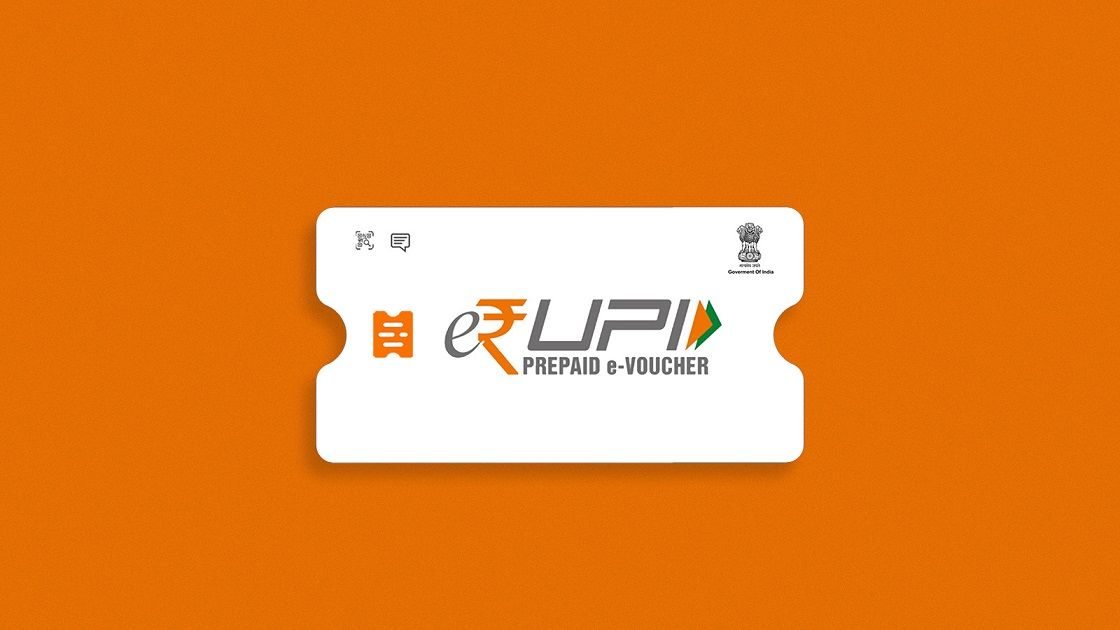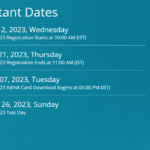e-RUPI: The voucher system takes precedence over digital currency.
Does the main question start with what is e-RUPI? Through e-RUPI, beneficiary mobile phones will be sent an SMS string or QR code after they have registered. It is a contactless and cashless digital payment method.
Prime Minister Narendra Modi has launched e-RUPI, an electronic voucher-based digital payment system, on Monday, a first step towards the country adopting a digital currency. National Payments Corporation of India (NPCI), Department of Financial Services, Ministry of Health and Family Welfare, and National Health Authority have joined forces to establish a person-specific and purpose-specific payments system.
- Advertisement -
How e-RUPI works?

Through e-RUPI, beneficiary mobile phones will be sent an SMS string or QR code after they have registered. It is a contactless and cashless digital payment method. A gift voucher essentially can be redeemed at specific outlets without credit or debit cards, a mobile application, or online banking. A digital connectivity platform will connect sponsors and beneficiaries of the services without requiring physical interfaces.
- Advertisement -
What is e-RUPI Voucher
A group of banks has been onboarded to act as issuing entities as part of the system which was built by the National Payments Corporation of India on its UPI platform. Approximately 30% of all corporate and government payments will be made to private sector banks, which are both private and public sector lenders. These particular banks will require information about the individuals and the transaction’s purpose. Mobile numbers will be used to identify beneficiaries, and vouchers for the service provider will be issued only to a specific person.
Why use e-RUPI?

- Advertisement -
e-RUPI is supposed to deliver welfare services leak-proof, as claimed by the government. Ayushman Bharat Pradhan Mantri Jan Arogya Yojana, fertilizer subsidies, etc., are examples of schemes under which it could be utilized to provide drugs and nutritional support to mothers and children as well as to eradicate TB. Government sources indicated that even the private sector could benefit from digital vouchers as a part of their corporate social responsibility and employee welfare programs.
Difference between e-RUPI and Digital Payments
e-RUPI highlights the limitations of the current digital payments infrastructure and, with the help of the government, could potentially point out the gaps for a successful future digital currency. Due to its underlying asset, e-RUPI is still backed by the existing Indian rupee, and the system’s specific purpose means it is very different from virtual currencies and more like voucher-based payment systems.
E-RUPI’s universality will also be determined by end-user demands in the future.
- Advertisement -
Central Bank Digital Currency (CBDC)?
A notification from the Reserve Bank of India revealed that it was preparing a phased implementation strategy for a digital currency known as central bank digital currency, or CBDC – a digital form of the rupee that takes on digital identity. In a webinar on July 23, RBI deputy governor T Rabi Sankar said that CBDCs would be desirable not only to enhance payment systems but perhaps also to protect public interests in a volatile private equity environment.
Check out: Money Heist Season 5: Release, Plot, Cast
Despite earlier concerns raised about cryptocurrencies by RBI governor Shaktikanta Das, there appears to be a change of mood on Mint Street now in favor of CBDCs. Although CBDCs are conceptually similar to currency notes, the introduction of CBDCs would require new legal provisions since the existing provisions currently govern currency published in paper form.
- Advertisement -
Our Opinions
We think it is a good initiative to ensure that the benefits go to the real beneficiaries. The e-RUPI initiative presents a great opportunity for experimentation, and we hope that this would be a significant step in the direction of plugging leaks in the public distribution system. Yes, you can use it for more than one purpose. You can use such a system in a wide range of situations.
RBI Statements

The Reserve Bank of India provides at least four reasons why digital currencies may do well in India: One, there is a growing use of digital payments in the country, which is complemented by sustained interest in cash usage, particularly for small amounts.
Another significant benefit of CBDCs is the high currency-to-GDP ratio in India. Furthermore, many central banks may view the spread of private virtual currencies such as Bitcoin and Ethereum more favorably since they have become a significant source of revenue. The BIS Annual Report mentions that ECB President Christine Lagarde states “… it is central banks’ duty to secure the trust of citizens in our money.”
In order to identify reliable principles and encourage innovation, central banks must coordinate closely with each other to explore the prospect of central bank digital currency exploration.” Four, CBDCs could cushion the general public when faced with volatile private VCs.
Other Countries using Vouchers?
The U.S. has the education voucher program, which is a form of government-funded education for selected students, helping to create a targeted delivery system. The purpose of these subsidies is to assist parents of students in paying for their children’s education. Besides the United States, school vouchers have been used in other countries such as Colombia, Chile, Sweden, Singapore, and Hong Kong.
Thus, this is everything you need to know about what is e-RUPI in complete detail. What do you feel about e-RUPI?









